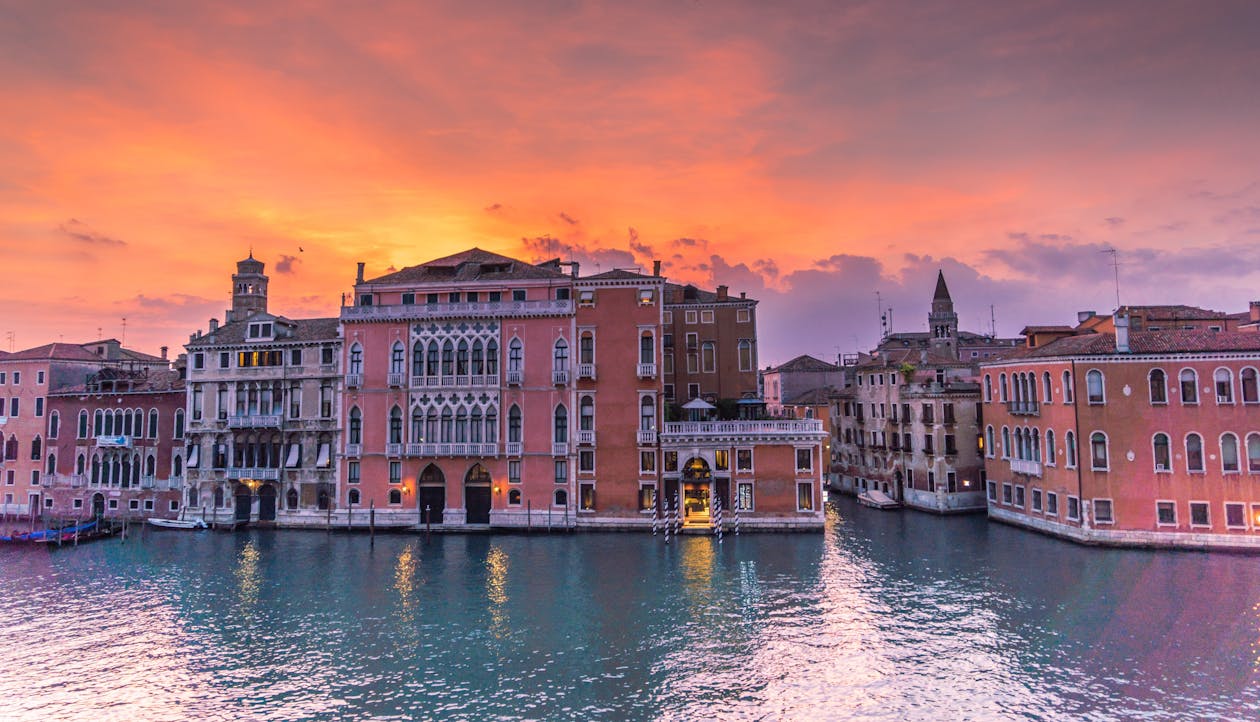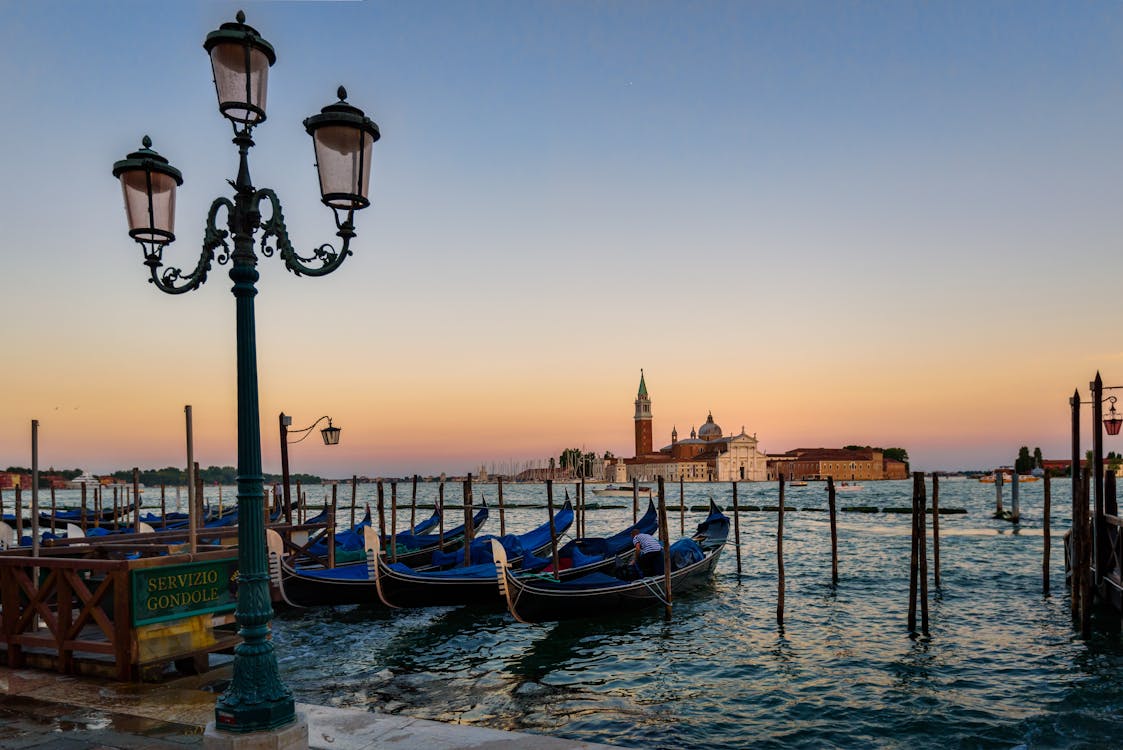
Venice, the enchanting Italian city of canals, is taking bold steps to manage its overwhelming tourist influx.
New rules limiting tour group sizes and banning megaphones aim to improve life for locals and preserve the city’s unique charm.
Smaller groups, quieter streets
Venice has introduced a cap on tour group sizes, allowing no more than 25 people per group.
This rule applies not just to the main city but also to the nearby islands of Murano, Burano, and Torcello.
The city has also put a stop to tour guides using megaphones. These noisy devices often created a chaotic atmosphere in Venice’s narrow streets and canals.
Now, guides will need to find quieter ways to communicate with their groups.
Locals welcome the change
Many Venetians are breathing a sigh of relief at these new measures.
Speaking to Euractiv, Edie Rubert, an 81-year-old local, thinks it’s a step in the right direction. She says, “It would be better to reduce it more. Because you can’t walk along the narrow canalside streets when these groups are there.”
The changes are not just about making daily life easier for residents. They are part of a bigger plan to protect Venice’s unique character and history.
Sebastian Fagarazzi, who runs a sustainable tourism company, points out that over 70% of Venice’s inhabitants have left in the past 70 years due to overtourism.

(Image courtesy of Pixabay)
Tourists on board with new rules
Surprisingly, many tourists are happy about the new rules too.
Mark Kerr, visiting from Scotland, agrees with the changes. He says, “Yeah, I think it’s good. I mean, it’s very, very congested in a lot of places.”
These restrictions are just one part of Venice’s efforts to manage tourism. The city has also been testing a day-tripper fee of €5 on busy days.
This fee aims to encourage longer stays and improve life for residents.
What it means for EU visitors
For those planning to visit Venice, these changes mean a different experience.
Travelers might find smaller, more intimate tour groups and a quieter atmosphere in the city. While this could make some popular spots less crowded, it might also mean tours book up faster.
Looking ahead, EU travelers should also keep in mind the upcoming European Travel Information and Authorization System (ETIAS).
While not directly related to Venice’s rules, ETIAS will add another step for EU citizens visiting Schengen countries. It is all part of a broader trend towards more managed tourism across Europe.

(Image courtesy of Pixabay)
Shaping EU immigration policies
Venice’s bold moves could inspire other EU cities struggling with overtourism.
Travelers might see more European destinations adopting similar strategies to balance tourism and local life. This could lead to a shift in how EU countries approach tourism and short-term visitors.
For longer-term immigrants, these changes highlight the growing importance of sustainable living in popular EU destinations.
Cities might start favoring residents and long-term visitors who contribute more to the local community and economy.
A new chapter for Venice
Venice’s new rules mark an important moment in the city’s long history. By limiting tour group sizes and banning megaphones, Venice is trying to find a balance between welcoming visitors and preserving its unique character.
As other cities watch and learn from Venice’s example, we might be seeing the start of a new era in European tourism, one where the needs of locals and the preservation of cultural heritage take center stage.
For travelers and residents alike, it is a chance to experience these beautiful destinations in a more meaningful and sustainable way.
